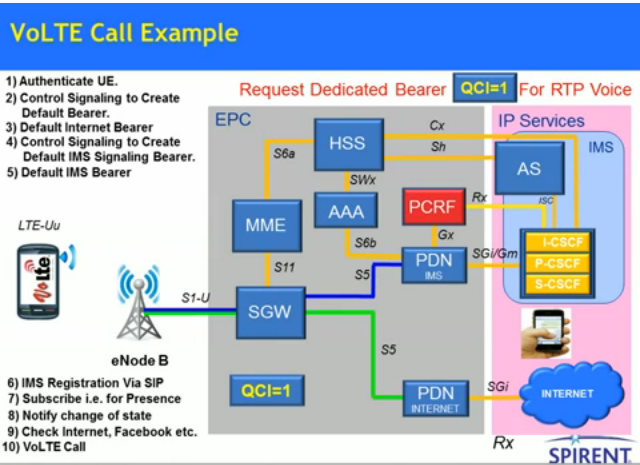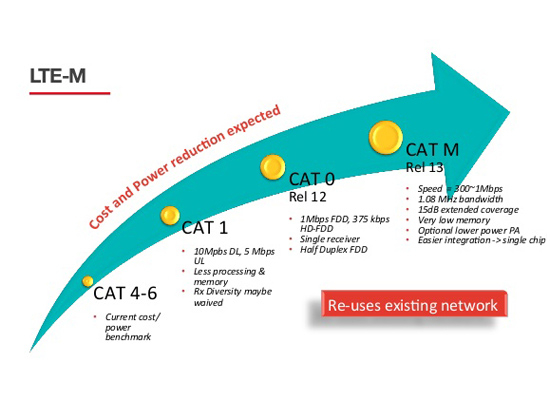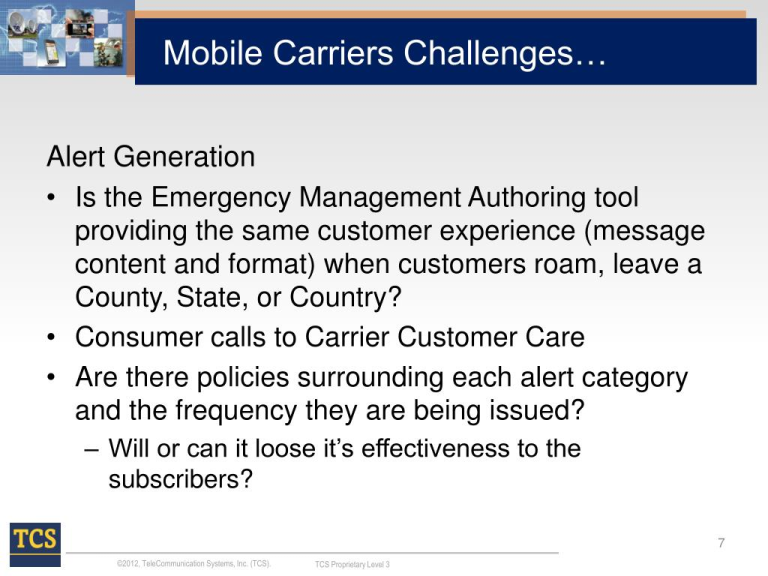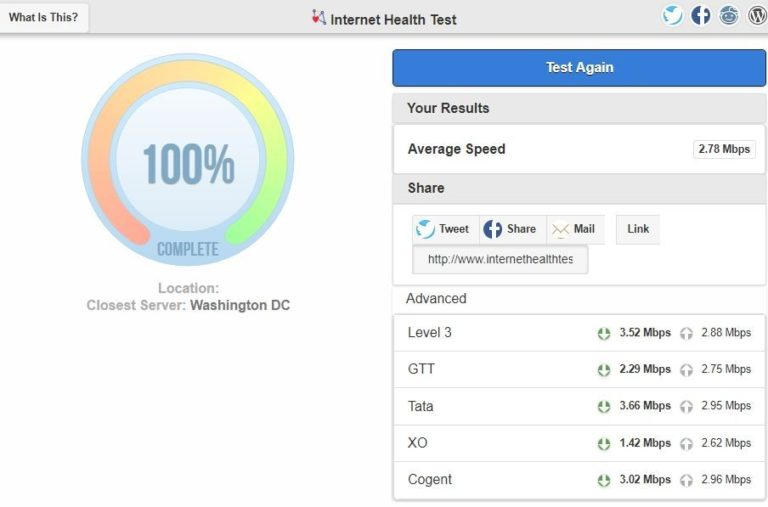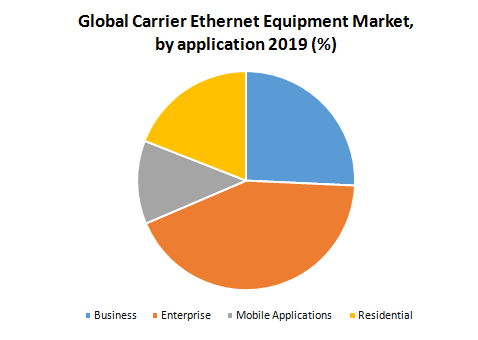
The carrier wireless equipment market is facing unprecedented challenges, marking the first decline since LTE technology surged to prominence in 2012. Recent reports indicate that the global macrocell infrastructure saw a dramatic 18% fall in the first quarter of 2016, totaling around $10 billion. This downturn mirrors a broader 8% drop in the overall mobile infrastructure sector, while LTE equipment alone plummeted by 23%. Despite these setbacks, markets in certain regions such as Japan, Mexico, and North America are defying the global trend, with India’s carrier hardware market showing resilience albeit with its own declines. Meanwhile, the market for software sales associated with these infrastructures has thrived, particularly driven by advancements in LTE Advanced, suggesting a shift in focus that may dominate the future landscape of telecommunications.
In recent times, the telecommunications sector has observed a shift in the dynamics of the carrier wireless sector. Once thriving due to advancements in LTE technology, the market for mobile network equipment has seen a notable contraction, signaling a response to changing industry needs. With concerns about equipment such as 2G, 3G, and 4G radios, the overall infrastructure landscape is evolving, prompting stakeholders to reconsider their strategies. While discussions of leading vendors like Ericsson and Huawei arise in the context of market share, it’s the software segment that has shown promising growth amidst the equipment downturn. This evolution underscores a pivotal transition within the realm of mobile infrastructure, where software support and development emerge as critical players.
Decline in Carrier Wireless Equipment Market
For the first time since the onset of LTE technology in 2012, the carrier wireless equipment market has witnessed a notable decline, as reported by IHS Technology. This downturn highlights a corrective phase in a sector that has largely thrived on the rapid evolution of mobile connectivity. Particularly alarming was the 18% drop in the global market for macrocell infrastructure in the first quarter of 2016, resulting in a total market value of just $10 billion. This suggests a shift in consumer demand and perhaps a saturation of the existing infrastructure, as companies struggle to keep pace with the rapidly evolving landscape of mobile technologies.
Furthermore, the overall mobile infrastructure sector has not remained unscathed, recording an 8% decrease across various domains. The particularly steep 23% decline in LTE equipment sales indicates that even as the technology continues to evolve, market saturation and emerging alternative technologies could be diminishing the appeal of traditional LTE investments. This trend raises critical questions regarding the future strategies of major players like Ericsson and Huawei, both of whom hold significant market share and must adapt to reclaim growth in an increasingly competitive landscape.
Impact of Mobile Infrastructure Decline
The mobile infrastructure decline has broader implications beyond financial metrics; it also signals a potential stagnation in innovation within the carrier wireless landscape. As the demand for new 2G, 3G, and 4G radios slows down, manufacturers may need to shift focus toward enhancing their existing technologies and exploring avenues such as software functionalities to drive future growth. The disparity in performance between hardware and software sales demonstrates that even in a declining market for equipment, there is opportunity for advancement in software solutions, particularly those aligned with LTE Advanced technology.
Moreover, the decline raises concerns about how carriers will manage their operations moving forward. With dwindling investments in hardware infrastructures, the operational capabilities that depend on these systems may face setbacks. This presents an interesting dynamic where companies must balance their short-term product offerings with longer-term technological frameworks. Manufacturers will therefore need to innovate not just in the physical products they offer but also in forging symbiotic relationships with software developers, capitalizing on the burgeoning market for software sales, which has seen a remarkable 17% increase.
The Growing Software Market Amid Hardware Decline
Amidst the decline of the hardware segment in the carrier wireless equipment market, the software aspect has emerged as a beacon of growth, characterized by a robust surge in demand. The continued upgrades to LTE Advanced, in particular, have driven a 17% increase in software sales over the past year, reaching a significant $15.2 billion. This trend reflects an increasing industry acknowledgment that while hardware investments may stagnate, the software that harnesses the potential of existing infrastructure provides a pathway for innovation and efficiency.
IHS forecasts that the annual sales of software for 2G, 3G, and 4G radios could reach an impressive $23 billion by the year 2020. This anticipated growth not only illustrates a shift in investment strategies by carriers but also emphasizes the fundamental need for software to enhance existing hardware. Vendors must capitalize on this trend by focusing on developing software solutions that optimize the performance and longevity of carrier hardware, ensuring that operators can maximize their return on investments even in a declining equipment market.
Regional Variances in Carrier Wireless Equipment Sales
Interestingly, the decline in the global carrier wireless equipment market is not uniformly experienced across all regions. Notably, Japan, Mexico, and North America have largely resisted the downturn, showcasing resilience in mobile infrastructure investments. Such geographical variances indicate that market dynamics are influenced by factors like government policy, technological adoption rates, and the unique needs of each region’s telecom landscape. This divergence creates opportunities for targeted investment strategies by vendors keen on localizing their approach to meet specific market demands.
In the context of countries like India, while the overall trend reflects a decline in the first quarter of 2016, there has been a notable market for carrier hardware in the past year. However, difficulties such as limited available spectrum and delayed consensus among national carriers have hampered growth. As the BRICS nations continue to evolve technologically, the capacity to adapt to these local challenges will become crucial for both equipment manufacturers and carriers looking to sustain their operations amid fluctuating demands.
Key Players in the Carrier Wireless Market
Within the carrier wireless equipment market, significant players like Ericsson and Huawei are pivotal to understanding the competitive landscape. According to the IHS report, Ericsson currently leads in the sales of 2G, 3G, and 4G radios while Huawei claims the second position. This competitive positioning underscores the importance of innovation and responsiveness to market trends, especially during periods of decline in hardware sales. As companies jockey for market share, they must also consider the implications of recent mergers, such as that between Nokia and Alcatel-Lucent, which injects additional complexity into the competitive dynamics of the LTE market.
Despite the challenges faced within the sector, Nokia/ALU’s lead in the LTE market reveals that strategic mergers can create synergies that improve market footing, even in difficult conditions. This competitive analysis indicates that while hardware sales may be receding, there remains substantial potential for growth in LTE and related technologies. Consequently, key players must leverage their strengths, engage in strategic alliances, and innovate continuously to maintain relevance in an evolving telecommunications landscape.
Future of Carrier Wireless Equipment Innovations
Looking ahead, the future of the carrier wireless equipment market will heavily rely on innovations that address the needs of modern telecom environments. As consumers demand faster and more reliable services, key players are expected to shift their focus toward enhancing the capabilities of LTE technologies. This could involve further development of infrastructure that supports next-generation wireless applications and even a potential transition into the realms of 5G technology and beyond. Companies will need to invest in R&D to ensure they remain at the forefront of industry advancements and technology integration.
Additionally, the landscape will likely witness an increasing convergence of hardware and software, where integrated solutions provide comprehensive support for telecommunications providers. This could manifest as bundled offerings that deliver seamless performance enhancements through connectivity improvements and software functionalities. Vendors who can anticipate these market shifts and align their product developments accordingly will not only survive the current downturn but also emerge as leaders in the next phase of mobile telecommunications.
The Role of LTE Advanced in Market Recovery
As the market for carrier wireless equipment grapples with recent declines, LTE Advanced technology stands as a pivotal leverage point for recovery. By embracing the advancements associated with LTE Advanced, telecom operators can enhance their networks to deliver more robust and efficient services, drawing consumers back into the market. This not only aids in sustaining existing customers but also helps attract new business, fostering a healthier equipment market in the long run. Vendors who prioritize LTE Advanced will likely find themselves more successful amidst current market pressures.
The synergy between LTE Advanced infrastructure and evolving software capabilities further strengthens its role in a market on the rebound. Investments in LTE Advanced enhancements are expected to drive hardware sales, rekindling growth potentials in an otherwise stagnant environment. Additionally, as competition intensifies, companies’ focus on LTE Advanced will not only improve network reliability but also contribute to innovative service offerings that can set them apart from rivals. Consequently, the carrier wireless equipment sector might find renewed vigor through a shared commitment to leveraging LTE Advanced technologies.
Strategizing for Software Sales Growth
As hardware sales within the carrier wireless equipment market decline, it has become increasingly vital for companies to shift their focus toward the burgeoning software sales segment. By prioritizing software development and strategic partnerships that enhance the capabilities of existing hardware, vendors can create a sustainable business model that thrives amid changing market conditions. With predictions indicating that software sales for 2G, 3G, and 4G radios will ascend to $23 billion by 2020, manufacturers must seize this opportunity to pivot their offerings effectively.
Fostering innovation in software not only ensures business continuity but positions companies as key players in the digital transformation of telecommunications. By aligning developmental efforts with the emerging needs of consumers and carriers, businesses can develop applications that improve operational efficiencies and connectivity quality. A focus on software development will also allow manufacturers to navigate the competitive landscape more adeptly, with well-integrated solutions potentially leading to increased customer loyalty and solidified market positions in the face of equipment sales decline.
Navigating Market Challenges in Telecommunications
As companies in the wireless telecommunications sector navigate ongoing market challenges, embracing adaptability and foresight will be essential. The declines in the carrier wireless equipment sector compel players to reevaluate their strategies, emphasizing agility and customer-oriented solutions. By promptly addressing issues such as spectrum availability and evolving consumer preferences, companies can position themselves favorably for both immediate recovery and long-term stability.
Furthermore, embracing collaborative approaches through partnerships with other industry stakeholders is critical. Such collaborations can facilitate knowledge sharing, drive innovation, and ultimately enhance product offerings. In a rapidly changing telecommunications landscape marked by both volatility and opportunity, a dual focus on immediate market needs and future trends will empower organizations to not only endure current challenges but thrive in an adaptive and forward-thinking manner.
Frequently Asked Questions
What were the recent trends in the carrier wireless equipment market as related to LTE technology?
The carrier wireless equipment market has recently experienced a notable decline, particularly in the macrocell infrastructure category, which saw an 18% drop in Q1 2016. This trend correlates with a decrease in LTE technology sales, which fell by 23% during the same period.
How has the mobile infrastructure sector performed in the carrier wireless equipment market?
The mobile infrastructure sector faced an overall decline of 8% in the first quarter of 2016, reflecting diminishing sales across various carrier wireless equipment segments, including 2G, 3G, and 4G radios.
What factors contributed to the decline in the global carrier wireless equipment market?
The decline in the carrier wireless equipment market can be attributed to several factors, including market saturation of LTE technology, competition among vendors, and specific challenges in countries like India related to spectrum availability and carrier agreements.
How is the market for software sales related to the carrier wireless equipment market?
Despite the decline in the hardware segment of the carrier wireless equipment market, the market for software sales has seen growth. Expenditures on software that operates on 2G, 3G, and 4G radios increased by 17% to reach $15.2 billion, driven by advancements in LTE Advanced.
Which companies have the largest market share in the carrier wireless equipment market?
In the carrier wireless equipment market, Ericsson leads the sales of 2G, 3G, and 4G radios, followed closely by Huawei. Notably, Nokia/Alcatel-Lucent has captured the leading position in the LTE market.
What future trends are expected for the carrier wireless equipment market and software sales?
The carrier wireless equipment market is expected to remain volatile, particularly for hardware due to existing challenges, while the software market is projected to continue growing robustly, with sales projected to reach $23 billion by 2020 driven by LTE upgrades.
How does the performance of the carrier wireless equipment market vary in different regions?
Performance of the carrier wireless equipment market shows significant variance across regions; while Japan, Mexico, and North America have largely defied the overall trend, India within the BRICS nations has shown resilience despite a recent decline.
What impact does the decline of the macrocell infrastructure have on the carrier wireless equipment market?
The sharp decline of 18% in macrocell infrastructure sales significantly impacts the carrier wireless equipment market, indicating potential challenges faced by telecom providers in adopting new technology and upgrading existing infrastructure.
| Key Points of the Carrier Wireless Equipment Market | Details | Statistics & Trends | |
|---|---|---|---|
| Market Decline Overview | – Global macrocell infrastructure fell by 18% in Q1 2016, totaling $10 billion. | ||
| General Market Trends | – Overall mobile infrastructure decreased by 8%. | ||
| LTE Equipment Specific Trends | – LTE equipment dropped by 23% on a quarterly basis. | ||
| Regional Insights | – Japan, Mexico, and North America defied the downturn trend. | ||
| BRICS Nations Performance | – Only India showed a relatively strong market, though it also faced declines. | ||
| Software Market Growth | – Software for carrier hardware grew by 17% yearly, reaching $15.2 billion. | ||
| Future Predictions | – Expected annual software sales for related radios could hit $23 billion by 2020. | ||
| Leading Hardware Vendors | – Ericsson tops for 2G/3G/4G radios; Nokia/ALU leads in LTE market. | ||
Summary
The carrier wireless equipment market has faced its first significant decline since the rise of LTE technology, marking a pivotal shift in the industry. According to a recent report from IHS Technology, the global macrocell infrastructure market plummeted by 18% in the first quarter of 2016, reflecting broader challenges within the mobile infrastructure sector. Despite this downturn, certain regions such as Japan, Mexico, and North America have managed to sustain growth, while India’s market shows resilience among BRICS nations. In contrast, the software segment continues to thrive, indicating a potential future shift in investment focus towards software advancements in the telecom sector.
